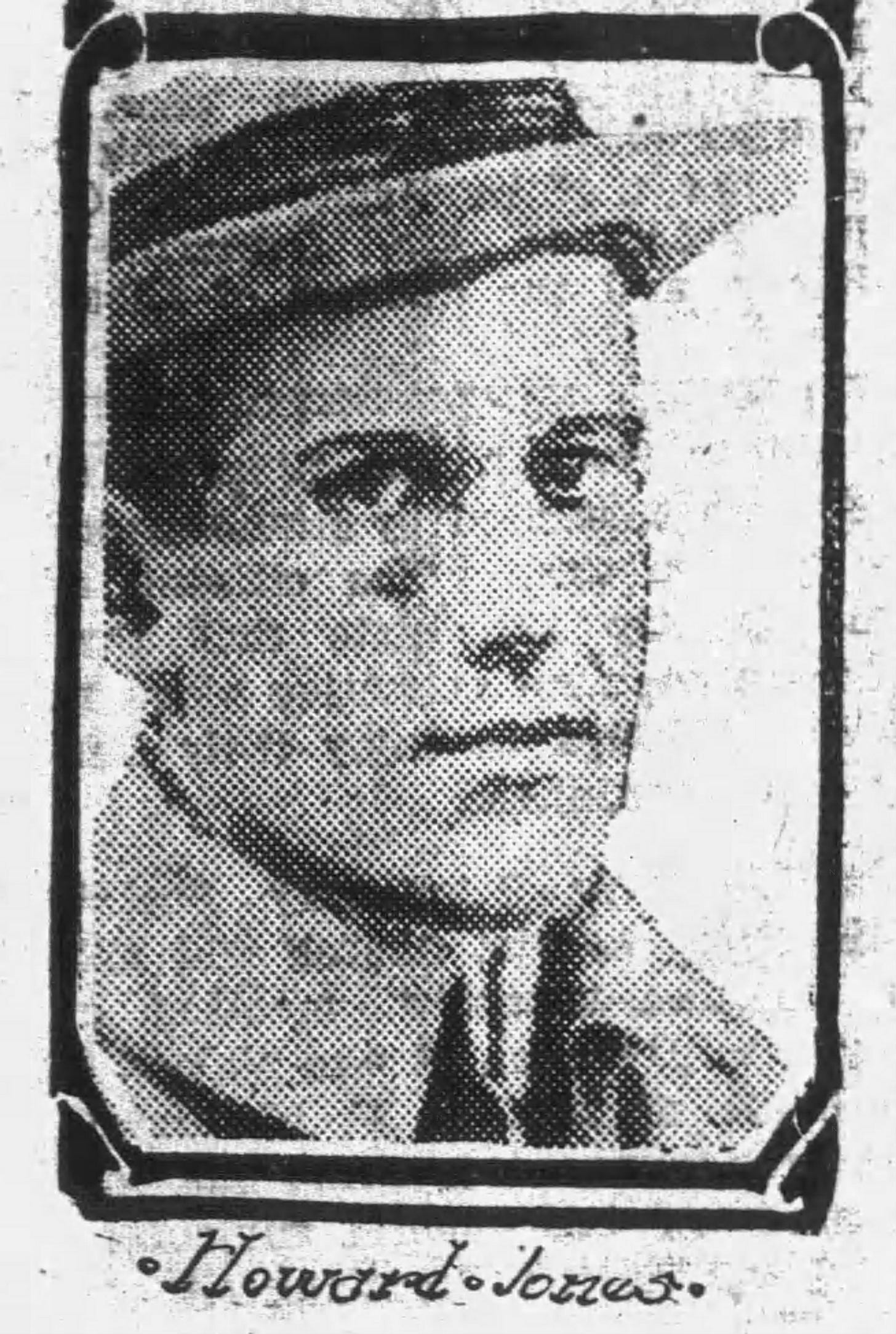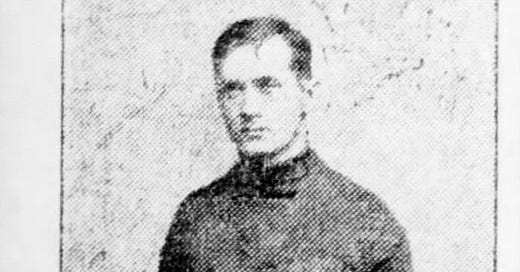Harry Vaughan: Former Ohio State head football coach hailed from Scranton
Vaughan was an All-American player at Yale.
Born Jan. 4, 1883, in Scranton, Harry Vaughan grew up to be one of the region’s great football players. He also briefly held one of the sport’s most desirable jobs, at least by today’s standards.
Vaughan grew up on Willow Street in the city’s South Side. He attended boarding school at Phillips Exeter Academy in New Hampshire. Vaughan’s football teammates included fellow Scrantonian Martin Cooney, younger brother of Jim Cooney.
Vaughan continued his education at Yale University, where he played three seasons of varsity football, including a stellar 1909 campaign.
The 1909 Yale Bulldogs went 10-0 and shut out every opponent they played, running up a 209-0 scoring advantage. In the penultimate game, Vaughan scored one of Yale’s two touchdowns in a 17-0 win against Princeton but suffered a knee injury that sidelined him for the season finale against Harvard. Nonetheless, Yale prevailed over its rival, 8-0, capping a perfect national championship season.
Vaughan was rewarded with a second-team selection to The New York Times’ All-America team. Wilkes-Barre’s George McCaa, of Lafayette, was the second-team fullback.
Vaughan returned to Yale in 1910, but as an assistant coach. Led by first-year head coach Ted Coy, Yale went 6-2-2. Meanwhile, Coy’s predecessor, Howard Jones, bolted for Ohio State and led the Buckeyes to a 6-1-3 record.
Jones left after just one season at Ohio State and recommended Vaughan as his successor. Vaughan got the job. In addition to their Yale connection, Jones and Vaughan played together at Phillips Exeter Academy.

While Ohio State football is now one of the biggest brands in college athletics, Vaughan’s tenure predated any of the school’s Big 10 or national championships.
“The importance of this position is greater than is generally believed, inasmuch as the Ohio State is one of Ohio’s big schools and always has a heavy schedule,” The Scranton Truth reported, “Michigan being one of its cards during the season.”
While Ohio State lost The Game, 19-0, at Michigan, Vaughan’s rookie season as a head coach was not without highlights. Notably, Ohio State won its final game of the season, 11-6, against Cincinnati. Cincinnati was coached by Robert Burch, Vaughan’s former teammate and captain of Yale in 1908. Ohio State finished with a 5-3-2 record, beating Otterbein, Miami (Ohio), Ohio Wesleyan, Kenyon and Cincinnati.
Twelve Ohio State lettermen in late December met and declined to name a captain for the upcoming season. The players reportedly threatened a mutiny, fearing that Vaughan would be fired.
“It is said that they will refuse to go ahead with plans until some things are settled to their satisfaction,” the Cleveland Plain Dealer reported. “If Vaughan is not hired again, these dozen players, or at least all who expect to return to college, may declare themselves out of football for good.”
In February, reports stated Ohio State had offered Vaughan the option to return as head coach. However, he turned down a reported $2,000 contract — equivalent to about $70,000 in today’s money — to stay in law school at Yale.
In 1912, Vaughan resumed his assistant coaching duties while studying at Yale. Meanwhile, Ohio State joined the Big 10 that same season.
Vaughan’s head college coaching career continued for one season, 1915, at Fordham University, which had a 4-4 record. In 1916, Vaughan returned to his prep school alma mater and was head coach of Phillips Exeter Academy.
Records show that in 1920, Vaughan was living in Philadelphia with his wife and daughter. He worked as a real estate salesman. By 1930, Vaughan had returned to Lackawanna County and lived in Blakely. He and his wife had three daughters and he worked as a supply clerk at a colliery.
Vaughan eventually moved back out of town. He died in 1951 in West Virginia. He was 68.
Greater Scranton/Wilkes-Barre area All-American roll call
1894: Charles Gelbert, University of Pennsylvania (Hawley native, Scranton public schools)
1895: Alfred E. Bull, University of Pennsylvania (Wilkes-Barre native, Wyoming Seminary); Charles Gelbert, University of Pennsylvania (Hawley native, Scranton public schools)
1896: Charles Gelbert, University of Pennsylvania (Hawley native, Scranton public schools)
1903: Frank Piekarski, University of Pennsylvania (Nanticoke native, Wyoming Seminary)
1904: Tom Butkiewicz, University of Pennsylvania (Nanticoke native); James Cooney, University of Pennsylvania (Scranton native, School of Lackawanna); Frank Piekarski, University of Pennsylvania (Nanticoke native, Wyoming Seminary); Marshall Reynolds, University of Pennsylvania (Tunkhannock native)
1906: James Cooney, University of Pennsylvania (Scranton native, School of Lackawanna)
1909: Harry Vaughan, Yale University (Scranton native)





